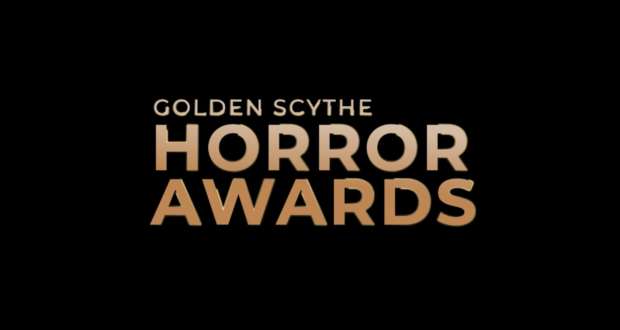Pet Sematary: Bloodlines, the much-anticipated prequel to 2019’s Pet Sematary, ventures into the territory of horror with the subtlety of a sledgehammer and the finesse of a bulldozer. Directed by Lindsey Anderson Beer in her directorial debut and co-written with Jeff Buhler, the film seems to misunderstand the essence of horror storytelling. Despite its impressive cast, featuring talents like Jackson White, Natalie Alyn Lind, and Henry Thomas, the movie fails to rise above the mediocre, delivering a narrative that feels more like a reanimated corpse than a fresh take on the Pet Sematary universe.
The premise, set in 1969, promises an intriguing backstory to the events of the previous film. Young Jud Crandall (Jackson White), the central character, discovers a cemetery where the dead can come back to life, setting the stage for a potentially chilling exploration of the dark forces that haunt Ludlow. However, any hopes of a compelling narrative are quickly buried under the weight of lackluster writing and uninspired direction.
One of the film’s glaring issues lies in its inability to create a sense of tension or dread. The horror elements, which should be the backbone of any film in this genre, are poorly executed. Instead of relying on psychological horror or building an atmosphere of suspense, Pet Sematary: Bloodlines resorts to cheap jump scares and gratuitous gore. The scares are predictable, often telegraphed from miles away, robbing them of any impact they might have had. It’s a horror film that seems to have mistaken loud noises and excessive blood for genuine frights, leaving the audience more likely to roll their eyes than clutch their seats in fear.

The characters, despite the efforts of the talented cast, are disappointingly one-dimensional. Jud Crandall, portrayed by Jackson White, fails to evoke empathy or curiosity. His journey from an innocent young man to a terrified victim lacks depth, leaving viewers detached from his plight. Even the supporting characters, portrayed by actors like Natalie Alyn Lind and Henry Thomas, are given little substance to work with, making it hard to invest emotionally in their fates.
Furthermore, the film’s attempts at exploring themes of family, legacy, and the consequences of tampering with the natural order fall flat. The exploration feels shallow, as if the filmmakers merely scratched the surface without delving into the profound and unsettling questions that the source material, penned by the masterful Stephen King, is known for. Instead of thought-provoking contemplation, the audience is left with a series of clichéd tropes and uninspired dialogues that add nothing substantial to the overarching narrative.
The visual aspect of the film, while competent, does little to salvage the overall experience. The period setting of 1969 is captured adequately, but the cinematography lacks the visual flair to make it memorable. There is a missed opportunity here to create a visually immersive experience that could have elevated the film beyond its lackluster storytelling. Sadly, Pet Sematary: Bloodlines settles for mediocrity even in its technical aspects, failing to leave a lasting impression on the audience.

Pet Sematary: Bloodlines is a lackluster addition to the franchise. Despite the potential offered by its intriguing premise and talented cast, the film falls victim to its uninspired direction, weak writing, and a fundamental misunderstanding of what makes a horror film truly terrifying. It neither honors the legacy of Stephen King’s original novel nor adds anything meaningful to the lore of Pet Sematary. For horror enthusiasts seeking genuine chills and a compelling narrative, this film is better left buried in the graveyard of forgettable cinema.
Pet Sematary: Bloodlines Review: A Grave Disappointment
-
Acting - 6.5/10
6.5/10
-
Cinematography/Visual Effects - 5/10
5/10
-
Plot/Screenplay - 3/10
3/10
-
Setting/Theme - 3.5/10
3.5/10
-
Watchability - 3.5/10
3.5/10
-
Rewatchability - 2/10
2/10

















